The Benefits of Mechanical Insulation Evaluation
Mechanical Insulation is one of the most overlooked engineered technologies in the building sciences because it is not easily recognized and experienced through common interactions.
If you walk into a room and the lights do not work, you realize there is an electrical problem and can take corrective actions. The same can be said if there is no hot water, if the roof leaks or if the air conditioning does not work.
However, if Mechanical Insulation is missing or improperly installed, the only way you would think there is a problem is if you are forced to adjust your thermostat, which may take time and will ultimately lead to higher energy bills.
Typically, an industrial plant will not realize there is an issue with its Mechanical Insulation until the process is affected or pipes freeze.
Insulation is about creating efficiency. A more efficient industrial process, which uses Mechanical Insulation, will use less energy, produce a lower energy bill and generate less pollution. This is known as the 3 E’s: Energy, Economy and Environment.
While it is commonly understood Mechanical Insulation improves efficiency, what is not known is the cost of efficiency.
For companies not utilizing Mechanical Insulation, the monetary savings created by installing it can be tremendous. In a business world driven by the bottom line, it is worth the effort to install Mechanical Insulation or repair any deficiencies that may exist in an existing system.
The installation of Mechanical Insulation will pay for itself in as little as six months or up to two years. No other energy improvement can create this kind of savings in such a short period of time.
How To Evaluate Mechanical Insulation
There are several ways to evaluate Mechanical Insulation, from simple to in-depth. The three basic types of evaluation can be performed individually or combined to provide a more in-depth level of evaluation.
The types of Mechanical Insulation evaluations include:
Inspections
Only a certified Mechanical Insulation expert should perform a Mechanical Insulation System Inspection/Examination. This type of evaluation can determine what parts of the system are missing, damaged, removed, repaired incorrectly or discover that incorrect materials were used.
Part of the inspection will verify whether the Mechanical Insulation was/is installed according to the engineered specifications, whether the materials used comply with the manufacturer’s specifications and whether the Insulation meets the existing building code requirements.
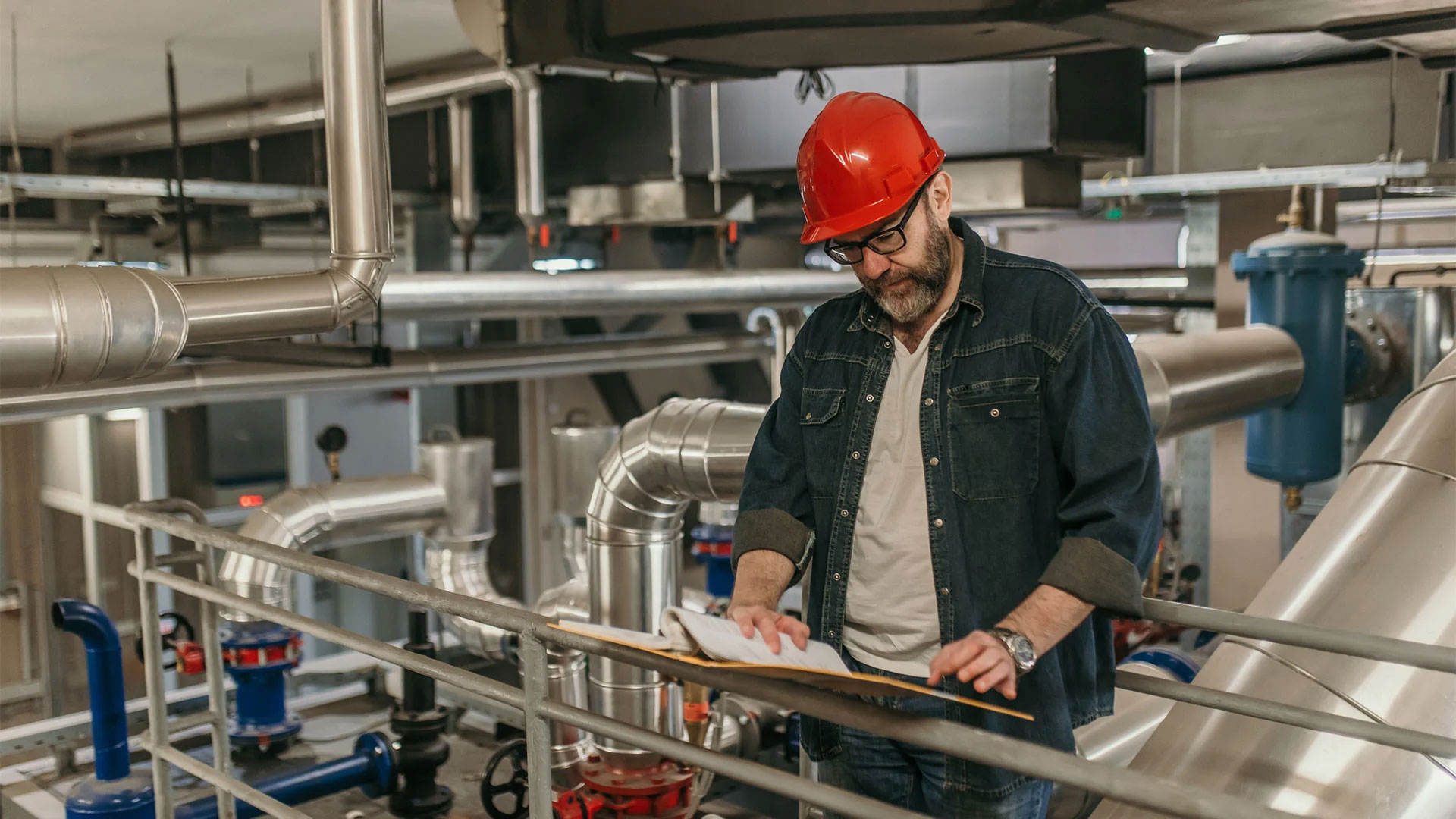
Thermal Imaging Photography
This high-tech photography will clearly show heat loss from a mechanical system. Heat or energy cannot be seen by the naked eye. However, it can be seen through thermal imaging, which will reveal the amount of energy lost by the system. It can also reveal the system’s temperature loss and other valuable data.
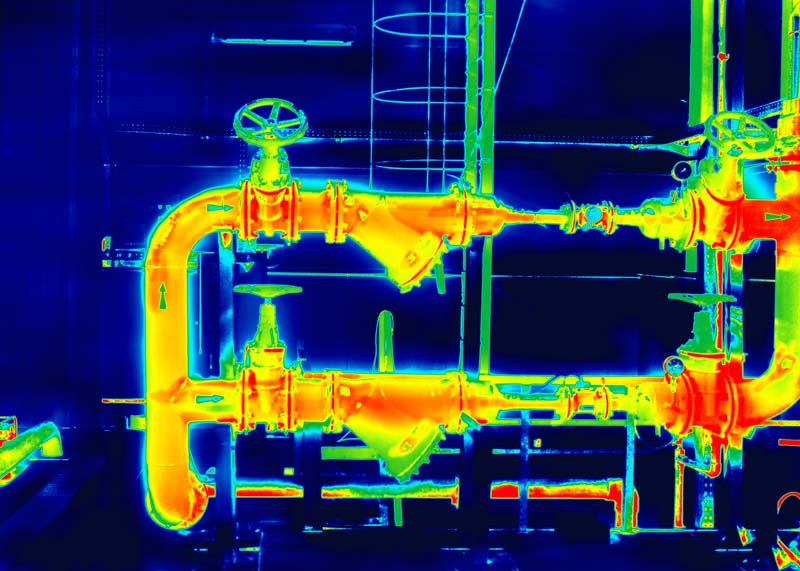
What Does It Mean?
All this data does not mean anything if it cannot be quantified and presented in a way to help determine the best business strategies for the facility.
All evaluations offered by LMCT-affiliated contractors include understandable, credible documents to help educate the project owner/decision maker on the importance of Mechanical Insulation and the possible ROI of installing or repairing it.
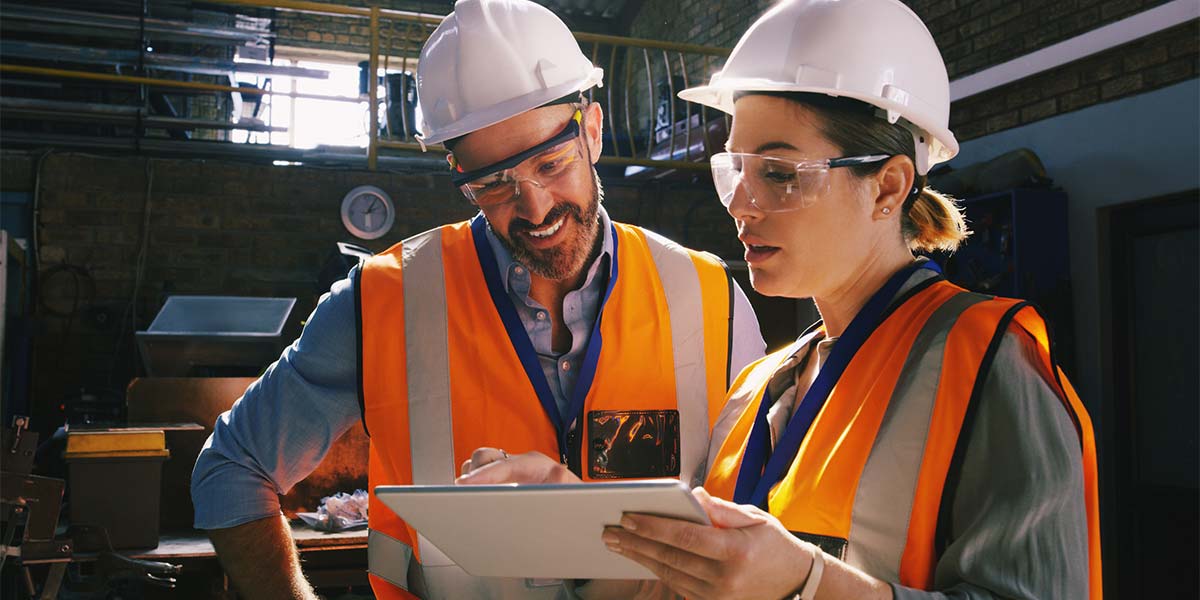
Mechanical Insulation Energy Audit
There are different types of energy audits that can be completed to evaluate a building’s energy usage. However, most do not incorporate a Mechanical Insulation evaluation.
A Mechanical Insulation Energy Audit utilizes computer-generated data to document the wasted energy and calculate that loss into dollars, BTUs and the amount of greenhouse gas emitted from the Mechanical Insulation deficiencies.
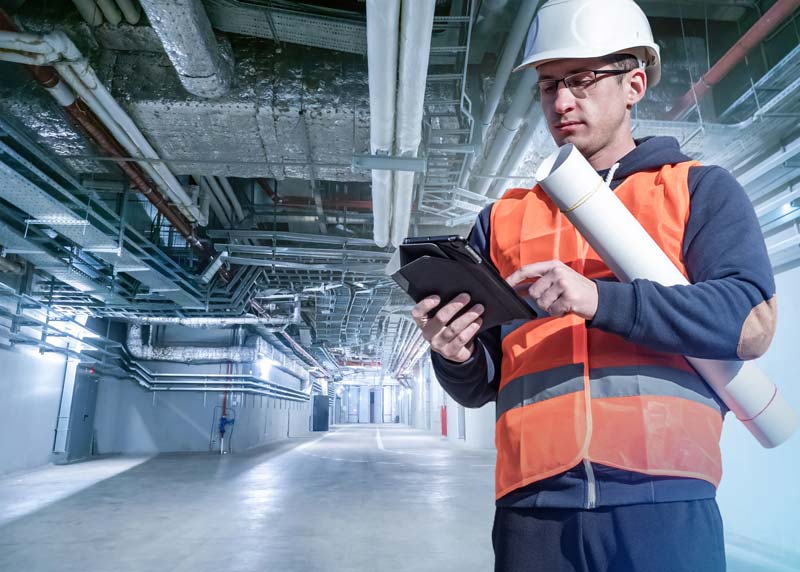
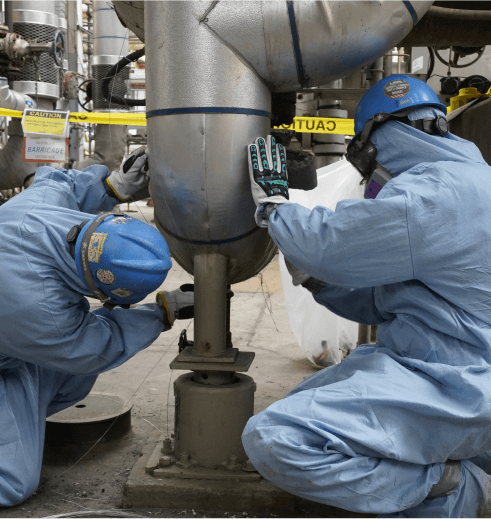
Find an LMCT-Affiliated Contractor
The LMCT partners with the Insulators Union throughout the U.S. and Canada performing high quality work in the following industries:
• Maintenance and New Construction
• Industrial High Temperature
• Pads and Blankets
• Storage Tanks and Vessels
• Boilers
• Chillers
• Metal Cladding/Weather Barriers
• Commercial Heating and Cooling
• Vapor retarders and barriers
• Asbestos abatement
• Firestop and Smokeseal
• Nuclear Specialized Applications
• Mechanical Insulation Evaluations
• CUI Programs
• Specialized Insulations